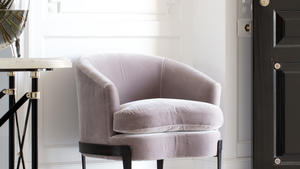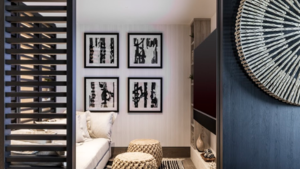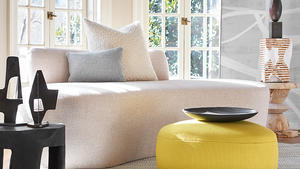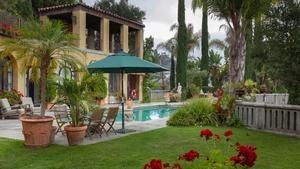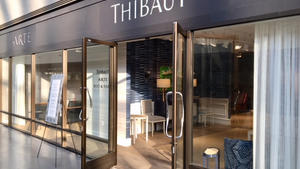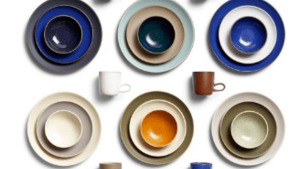Curation upon curation: A group of objects chosen by a group of influencers that had also been carefully chosen is the focus of “No Taste for Bad Taste,” a traveling French design exhibit coming to Los Angeles from February 24 to April 29 at the city’s A+D Architecture and Design Museum. It’s the brainchild of VIA (Valorisation de l’Innovation dans l’Ameublement, or Valorization of Innovation in Furniture Design), a French discussion-exhibition platform tasked with supporting creative talent and promoting the home and furniture industry in France.
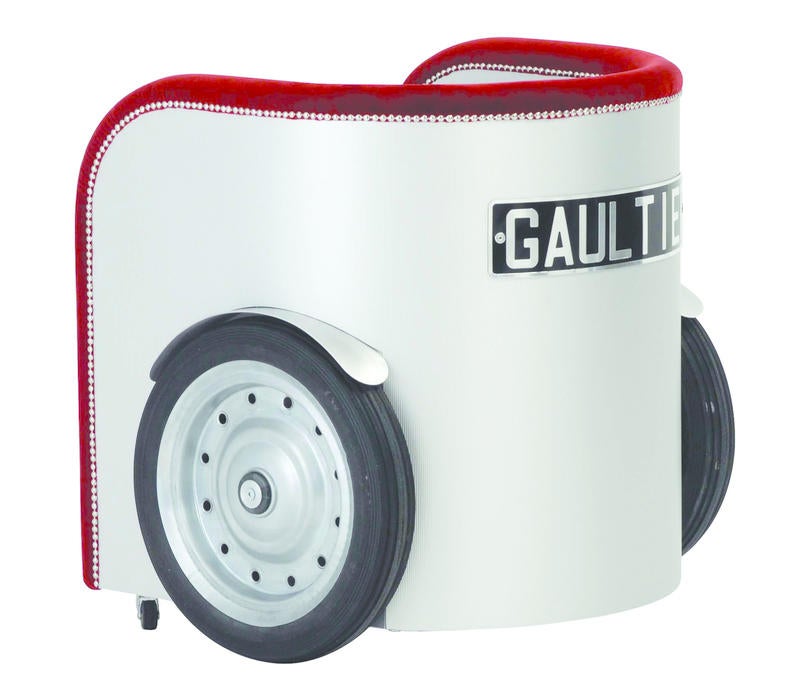
Christian Liaigre, Pierre Yovanovitch, Paola Antonelli of MoMA, fashion designer Chantal Thomass, designer Gunjan Gupta and others chose their 40 favorite “showpieces of lifestyle design,” choosing a litany of 21st-century items designed by or for Ligne Roset, Fermob, Philippe Starck, Hermès and more. Helming the celebration of French design and design objects, the 40 participants were initially interviewed by Peclers trend consultancy, and invited to “define the essence of le French Design based on their individual perspectives.”
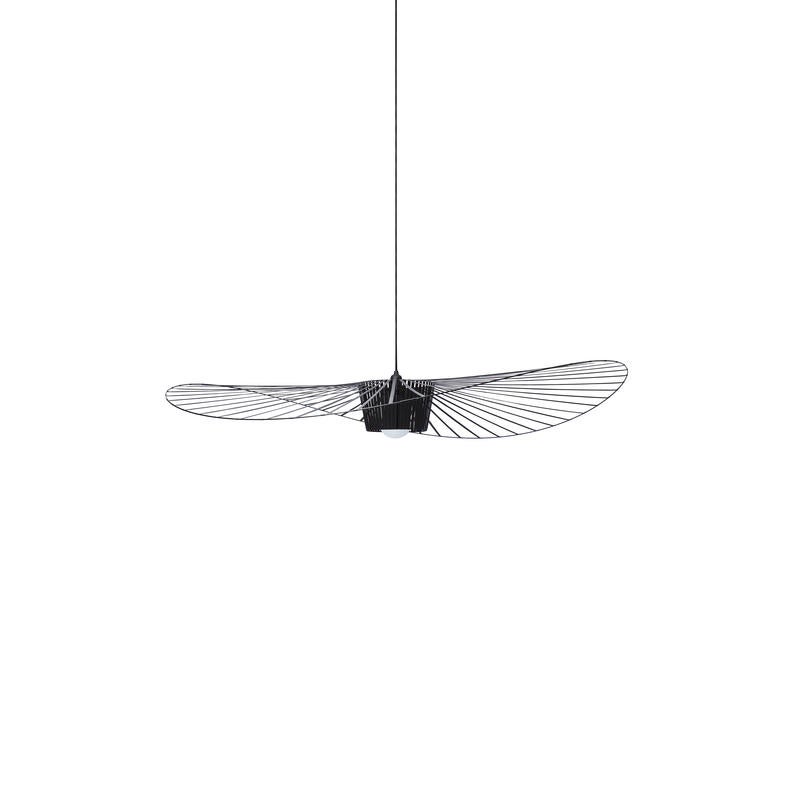
Jean-Paul Bath, CEO of VIA, tells EAL of the think tank he assembled of “different personalities who created, thought, exhibited the French ‘art de vivre’ ... a mixture of design, fashion, architecture, music, food, philosophy. For instance, Gilles Lipovetsky, a philosopher, was chosen because he has written disruptive analysis on art and design, explaining that creation and aesthetics were two fundamental values present in all contemporary society. And Paola Antonelli, MoMA design curator, was chosen because we wanted to define the French design not only from the French point of view, and she has a worldwide perspective of design.”
The group chose objects based on 10 distinctly French values: Art de Vivre, Panache, Elegance and a Hint of Luxury, Audacity, Cultural Openness, Heritage, Balance, Creativity and Industry, Savoir-Faire, and Sustainable Innovation.
Some of the chosen pieces? The Ploum sofa, by Ronan & Erwan Bouroullec for Ligne Roset; the Lord Light, by Christian Ghion for Forestier; and the Bridge Molitor chair, by Jean-Philippe Nuel for Henryot. While the designs share a common thread, Bath says that the theme of the exhibit is one that was hard to “pin down,” at least at the outset. “French design has many aspects, resulting from many historical influences, using a wide variety of savoir faire, from arts décoratifs to industrial engineering, both creative and rigorous, poetic and scientific, balanced and audacious … a melting pot [that is] constantly evolving.”
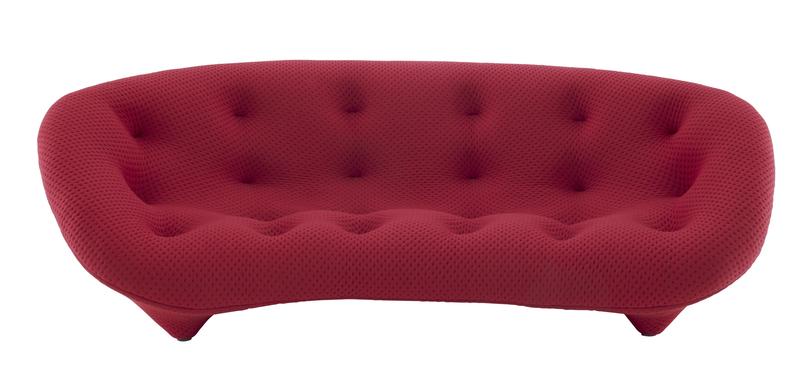
Does Los Angeles have much in common with France? “The creative connections between France and Los Angeles are historically numerous,” says Bath, noting that since the 1950s, there have been many collaborations between the two geographies.
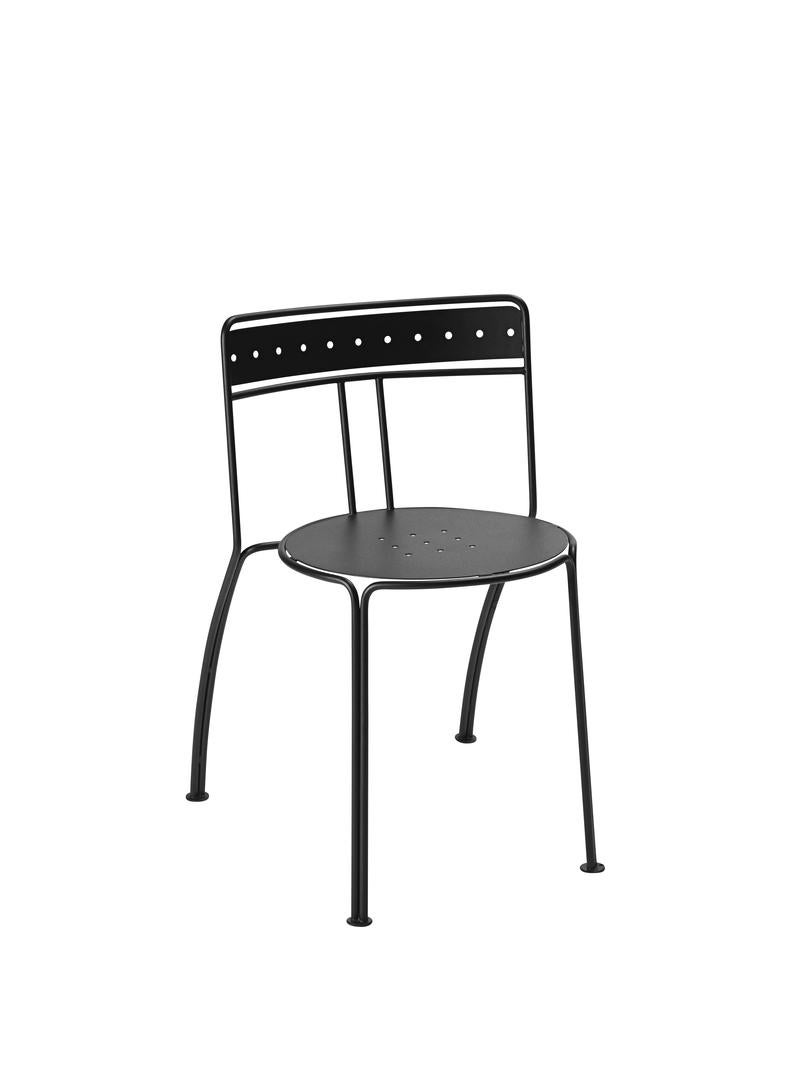
“The artists of L.A. have always been inspired by those of France, and the French have always been drawn to Los Angeles,” explains Bath.
“Recently, the Ceci n’est pas project, organized by the Cultural Services of the French Embassy in Los Angeles and the FLAX Foundation, encourages and officially recognizes new dialogue and long-term collaborations in contemporary art between France and Los Angeles. We have many French design editors established already in Los Angeles, like Ligne Roset, Roche Bobois, Leclaireur, etc., and many projects done by French designers like Philippe Starck, who designed the East West Studios, or Jean Marc Gady, who designed the Louis Vuitton Fleeting Store at the MOCA in 2007.”
















